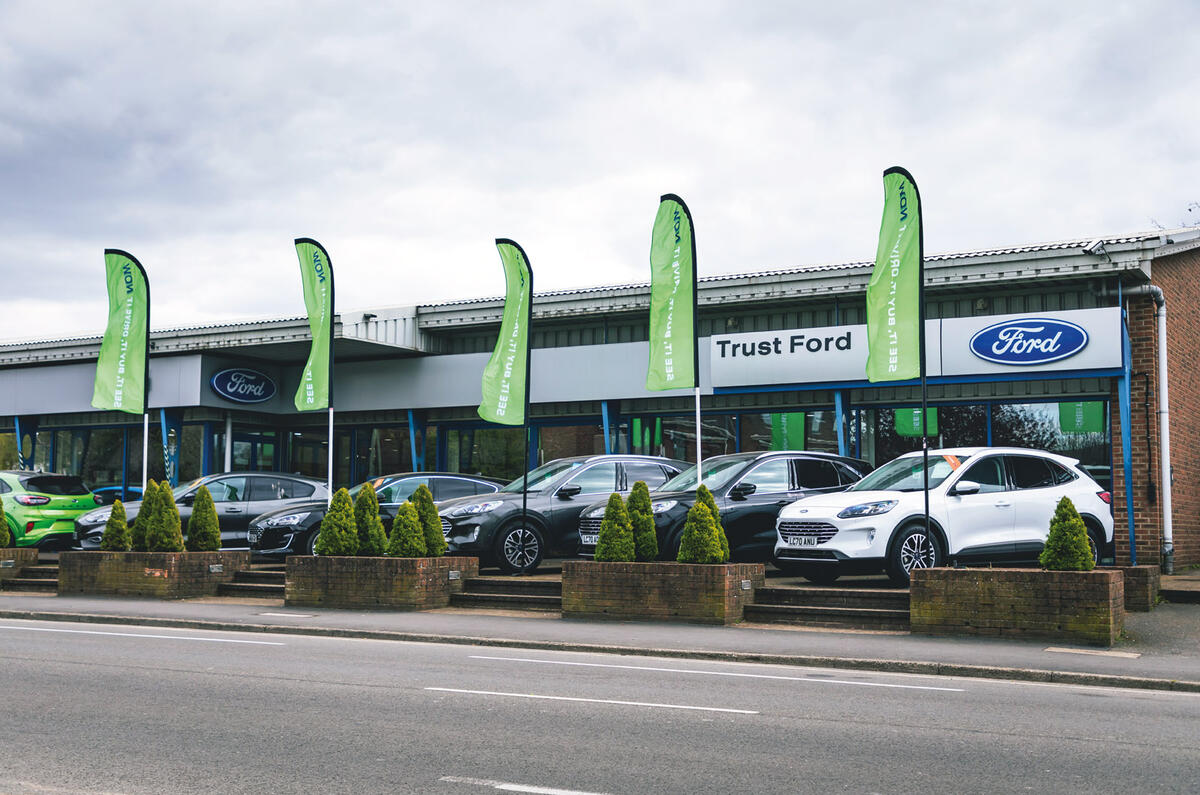If a flame was lit under the used car market by the easing of the first lockdown a year ago, an inferno is now raging. High demand and a shortage of supply have prompted an average rise in prices of almost 10% year on year – and in exceptional cases, typically for desirable SUVs, rises of close to 20%.
Demand is being chiefly driven by two factors, one of which is gradually losing momentum, while the other is gaining it fast enough that the trend looks set to push on until at least 2021’s end.
To receive the latest industry news, please click here to sign up to the Autocar Business newsletter
The former factor is, of course, Covid-19. The desire to avoid public transport combined and a widespread effort to save money in this economically uncertain time are driving prices up.
The latter is the supply shortage of new cars as a result of the semi-conductor chips crisis. Some buyers are abandoning waiting times of up to 26 weeks for a new car by buying a nearly new one.
Complicating the issue for used car retailers (the largest of which usually stock around 15,000 cars) is that the profiles of those fuelling the boom haven’t often overlapped. It’s always a juggling act, but the typical desire for cheaper cars from most of those avoiding public transport is at odds with the bigger spending of buyers who just want to jump the new-car queues.
As the ongoing slew of strong results from dealer groups further highlight, there’s a lot resting on getting that stock portfolio right, because that’s where the majority of profits are coming from right now.
operate in, too. When the first lockdown began, it was feared that the used cars on the forecourts would simply depreciate over time, losing dealers huge sums. It was a doomsday scenario that never came true, and now they have a very different issue of maintaining flow.
Few people are prone to get their violins out for car dealers, but it’s not easy money, as the higher selling prices reflect higher buying prices. While you can bet that any decent business will be laser-focused on growing margins in a hot market (and anecdotal evidence of haggling now being a waste of time are rife), there are concerns about when the market will retract. Buying too much stock at too high prices risks you getting caught out.
And then there’s the worry of being able to buy at all. Stock is typically replenished by a cycle of lease returns from private, fleet and rental outlets, but lockdown slowed the former and sometimes virtually froze the latter. Meanwhile, the backlog of nearly new cars will only last so long.
By the time the boom inevitably fizzles out, they had better hope that the new car market is in better shape to take up some of the slack.
READ MORE
James Ruppert: Jaguars are the top cats of the used market
Used car market fell 14.9% in 2020 as lockdowns hit sales
Analysis: Used hybrid values slashed as demand falls in pandemic






Join the debate
Add your comment
While I think it is good that more people are realising the value of used cars, there are totally different markets being confused here. The would be new car buyer frustrated by production waiting times is going to be looking for 12-36 month old cars, ex-demos, manufacturer registered or lease recovered. These are always in relatively short supply and prices reflect that already. That is what is really holding the strong money.
The rest of the used market, over 3 years old, is still rolling along where it always has been seeing a little price strengthening just from pent-up lockdown demand and savings made.
They are not the same markets and don't reflect a general 10-20% rise in used car values as is suggested.